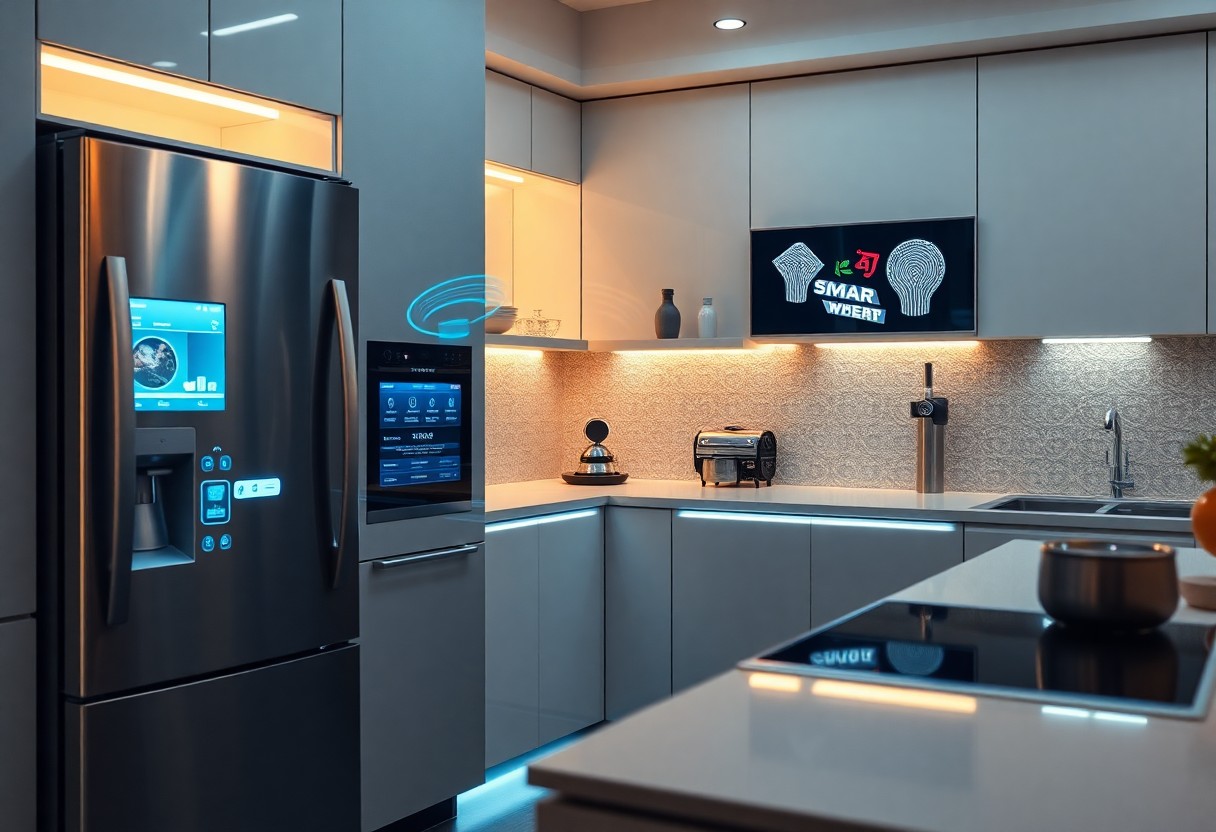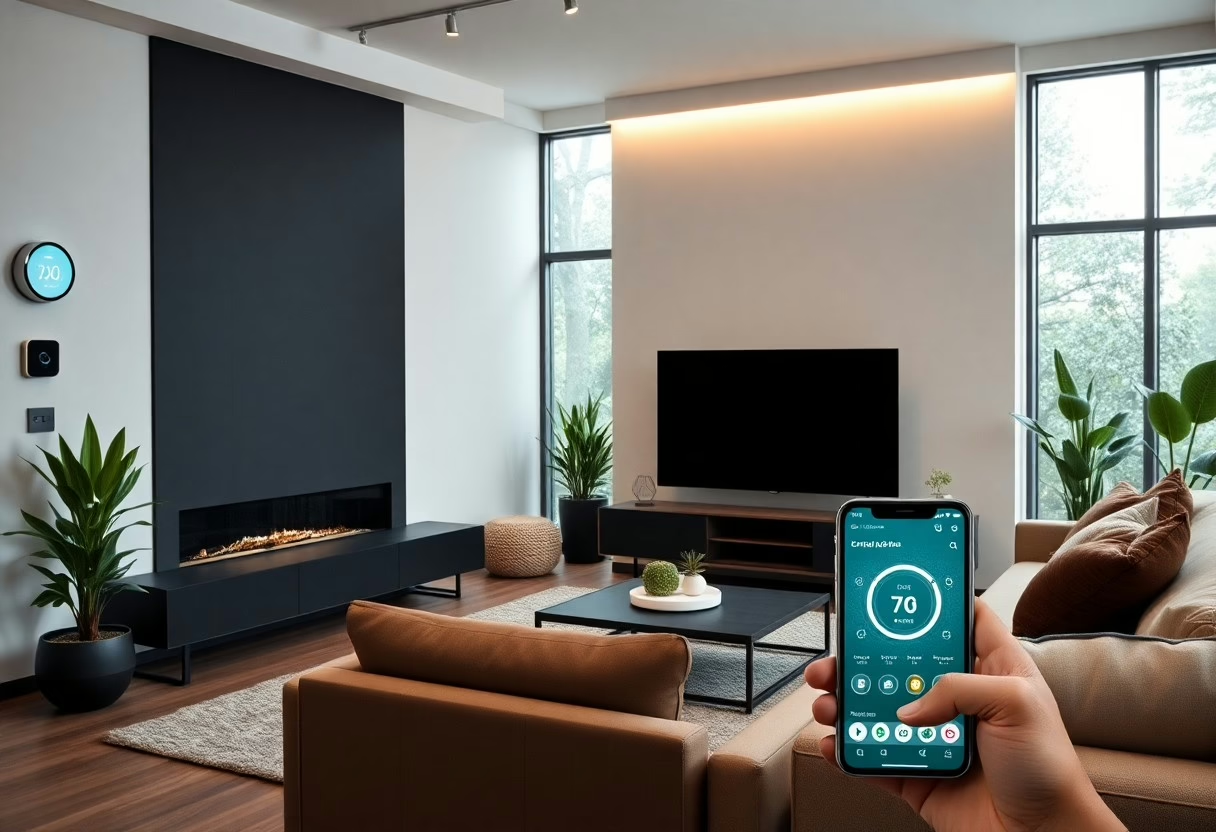With advancements in technology transforming the way you interact with your living space, smart homes offer unparalleled convenience, security, and efficiency. This next generation of connected living empowers you to control various aspects of your home environment right from your smartphone or voice assistant. From automated lighting to intelligent climate control, discovering how smart technology can enhance your daily life has never been more important.
The Evolution of Home Automation Technologies
The development of home automation technologies has been a gradual yet transformative journey. Early innovations began with simple remote controls and timers for appliances, while the introduction of Wi-Fi paved the way for more advanced smart devices. Today, seamless integration of IoT devices allows you to control lighting, security systems, and climate with just a smartphone app or voice command, enhancing both convenience and energy efficiency in your home. Leading companies like Google, Amazon, and Apple have shaped the smart home landscape, driving innovation through competitive advancements. Market dynamics are influenced by increased consumer demand for convenience, energy efficiency, and security. As technology evolves, more brands are entering the market, providing diverse solutions that cater to your specific needs. Recent reports indicate that the global smart home market is projected to reach over $135 billion by 2025, driven by factors such as rapid urbanization, growing disposable income, and heightened awareness of energy conservation. Companies like Nest, Ring, and Philips Hue dominate the sector by offering products aimed at enhancing your daily life. Partnerships between tech giants and traditional home appliance manufacturers further accelerate the development of integrated systems, increasing the accessibility and affordability of smart home solutions. This competitive landscape ensures that you benefit from continuous innovations and improvements tailored to creating a more connected living experience.

Seamless Integration: The Backbone of Smart Home Systems
Seamless integration stands as the foundation of your smart home experience, ensuring all devices communicate effortlessly. This connectivity allows you to control lighting, temperature, and security systems through a unified platform, creating an intuitive and complementary living environment. Effective integration simplifies management, enabling you to customize settings and automate routines with ease while enhancing your overall comfort and security. The Internet of Things (IoT) enables your smart home devices to communicate and share data, creating a responsive ecosystem tailored to your needs. Sensors, cameras, and appliances connected to the IoT collect real-time information, allowing you to monitor and adjust your living environment from anywhere. This connectivity not only facilitates convenience but also optimizes energy consumption, potentially lowering your utility bills. Interoperability issues arise when devices from different manufacturers fail to communicate seamlessly, hindering the full potential of your smart home. Various communication protocols and standards complicate device integration, leading to user frustration. Solutions include adopting universal standards like Matter, which promotes compatibility across a broader range of products, ensuring a cohesive smart home system. Interoperability challenges are prominent as you integrate devices from different ecosystems. A common example is the struggle between proprietary systems, where a smart thermostat may not communicate with a security camera from another brand. The introduction of standards such as Matter aims to unify these disparate technologies by allowing diverse products to work together effectively, promoting greater compatibility and simplifying your smart home management. This shift not only enhances user experience but also encourages innovation by expanding market access for manufacturers.
Enhancing Daily Life: Practical Applications of Smart Homes
Your smart home significantly enhances daily life through automation and connectivity, providing tailored experiences that simplify tasks and improve comfort. With just a voice command or a tap on your smartphone, you can control lighting, adjust temperatures, and even manage entertainment systems. These technologies integrate seamlessly to support your lifestyle, making mundane chores an afterthought and allowing you to focus on what truly matters. Smart homes excel in energy efficiency and sustainability by automatically adjusting heating, cooling, and lighting based on occupancy and preferences. Smart thermostats learn your schedule and optimize temperature settings, while intelligent lighting systems dim or brighten based on natural light availability. These automated adjustments can reduce energy consumption by up to 30%, significantly lowering utility bills while minimizing environmental impact. Smart appliances like washing machines and dishwashers can operate during off-peak hours when electricity rates are lower, further enhancing cost savings. Security innovations in smart living provide comprehensive protection through interconnected devices that monitor your home 24/7. Smart cameras, doorbell systems, and motion sensors create multiple layers of security, alerting you instantly to any unusual activity. Advanced features include facial recognition, package detection, and integration with local emergency services. Smart locks allow keyless entry and remote access control, enabling you to grant temporary access to guests or service providers. These security systems can be monitored and controlled remotely, giving you peace of mind whether you’re at work or traveling. The integration of artificial intelligence enables these systems to learn normal patterns and detect anomalies, reducing false alarms while maintaining robust protection.
Conclusion
Smart homes represent the future of connected living, offering unprecedented control over your environment while promoting efficiency, security, and convenience. As technology continues to evolve and interoperability standards improve, the potential for creating truly intelligent living spaces grows exponentially. By embracing these innovations, you can transform your home into a responsive, efficient, and secure environment that adapts to your lifestyle and enhances your daily experience. The next generation of connected living is here, ready to elevate your home to new heights of comfort and functionality.

